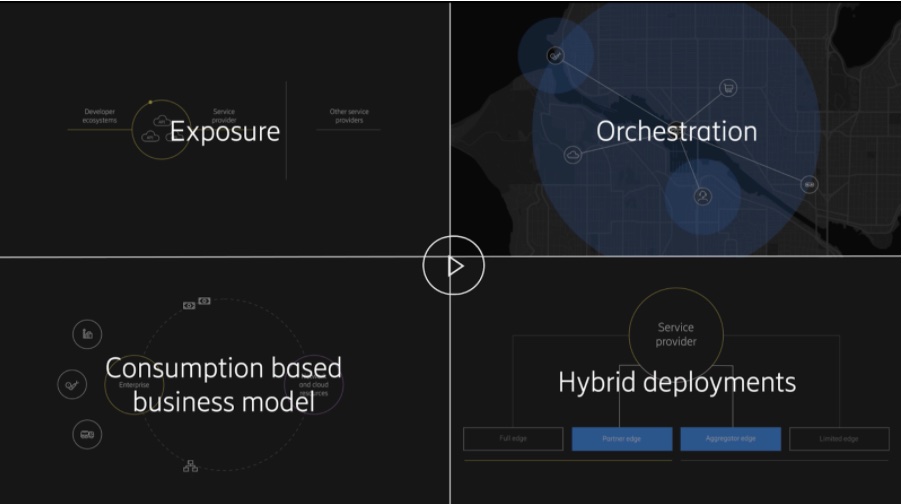
In an article published in February 2021, Ericsson highlights the role of 5G in the development of cloud technology, whilst recognising the central role of telecommunications in designing the upcoming era of cloud computing.
The substantial increase in network calculating capacity achieved over recent years will undergo further acceleration thanks to 5G technology, awarding operators with some incredible opportunities.
In the article the author, Erik Ekudden - Group CTO and Head of Technology & Strategy - explains exactly how service providers can gain an advantage in the race towards industrial cloud computing and become key architects in the future cloud era.
Let’s go in-depth in his analysis, which is particularly interesting.
1. High performance networks
The development of increasingly evolved high performance networks, creates a need for providers to occupy the central role of enabling and implementing this technology, the focal point of industry 4.0.
Wider bandwidths, more efficient safety procedures and low latency are the elements on which to build and strengthen the 5G network.
Here below Ericsson’s idea on how to develop edge solutions is demonstrated.

2. Edge computing is the linchpin on which 5G’s success depends
“The evolution to cloud native network functions and distributed cloud computing, enables service providers to move beyond traditional connectivity-service models and opens new doors to adjacent industries and expanding enterprise opportunities, [for those] who are curious to explore the new edge computing use cases. “
In this paragraph, Erik Ekudden underlines the extraordinary opportunities that 5G development offers to telecommunications service providers, starting with service expansion, which can go above and beyond simple connectivity for the client.
Hence, it’s not enough to just aim at selling new mobile phone 5G packages to clients, the aim is to invest in edge computing in order to spread the use of 5G in the industrial sector, in the internet of things, in artificial intelligence, without of course underestimating the role of digital service usage which alone could work out at approximately 131 billion dollars over the next 9 to 10 years.
If businesses innovate by investing in 5G, then providers have to decide which role they intend to cover during this transitional period.
“For service providers, this will take place in three phases: creating a value proposition in the edge ecosystem, developing the network as a platform for enterprise, and preparing for the evolution toward the high performance network edge.”
3. Current opportunities to exploit
“Cloud providers are important partners to extend the global ecosystem of developers and address the enterprise opportunity."
We have underlined the role which 5G covers and can cover in the cloud computing segment, allowing service suppliers to offer faster network support, with lower latency, thus creating more efficient data centres.
Currently, as the author reminds us, service providers can capture the primary wave of edge computing usage by focusing on designated local distribution needs where connectivity performance set a high standard.
4. The network as a platform for businesses
The 5G network doesn’t only represent a faster connectivity service to sell to clients, but can also cover a central role as a platform for businesses, on which to build their organisations.
In that sense:
“Service providers should look to provide full end-to-end orchestration, with defined service layer agreements, in a self-service and automated way.”
Providers, therefore, should get busy building an ecosystem to be offered to their clients, based on cloud native computing, which permits businesses to collaborate and causes various network resources to interact, favouring integration between the programme interfaces utilised.



